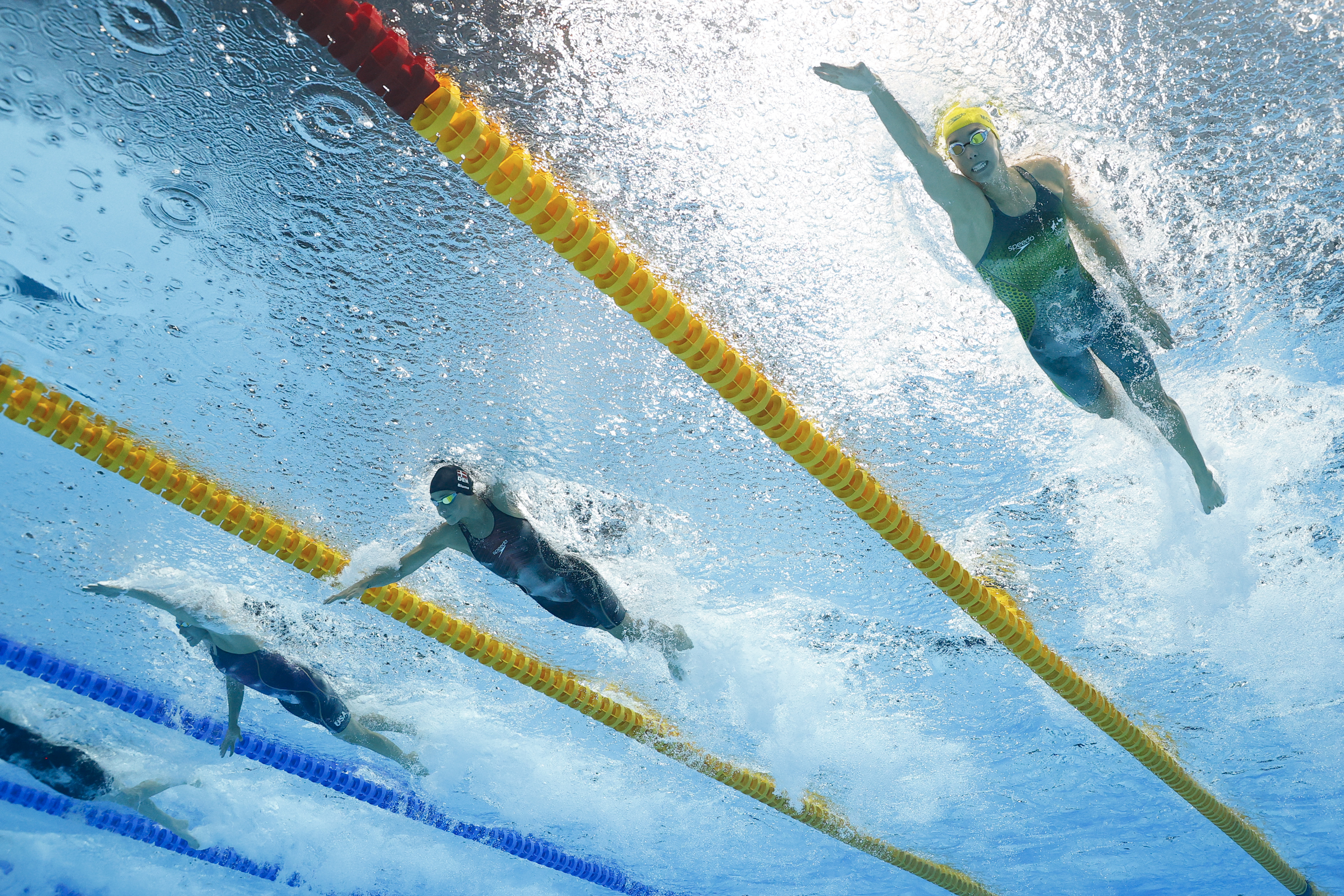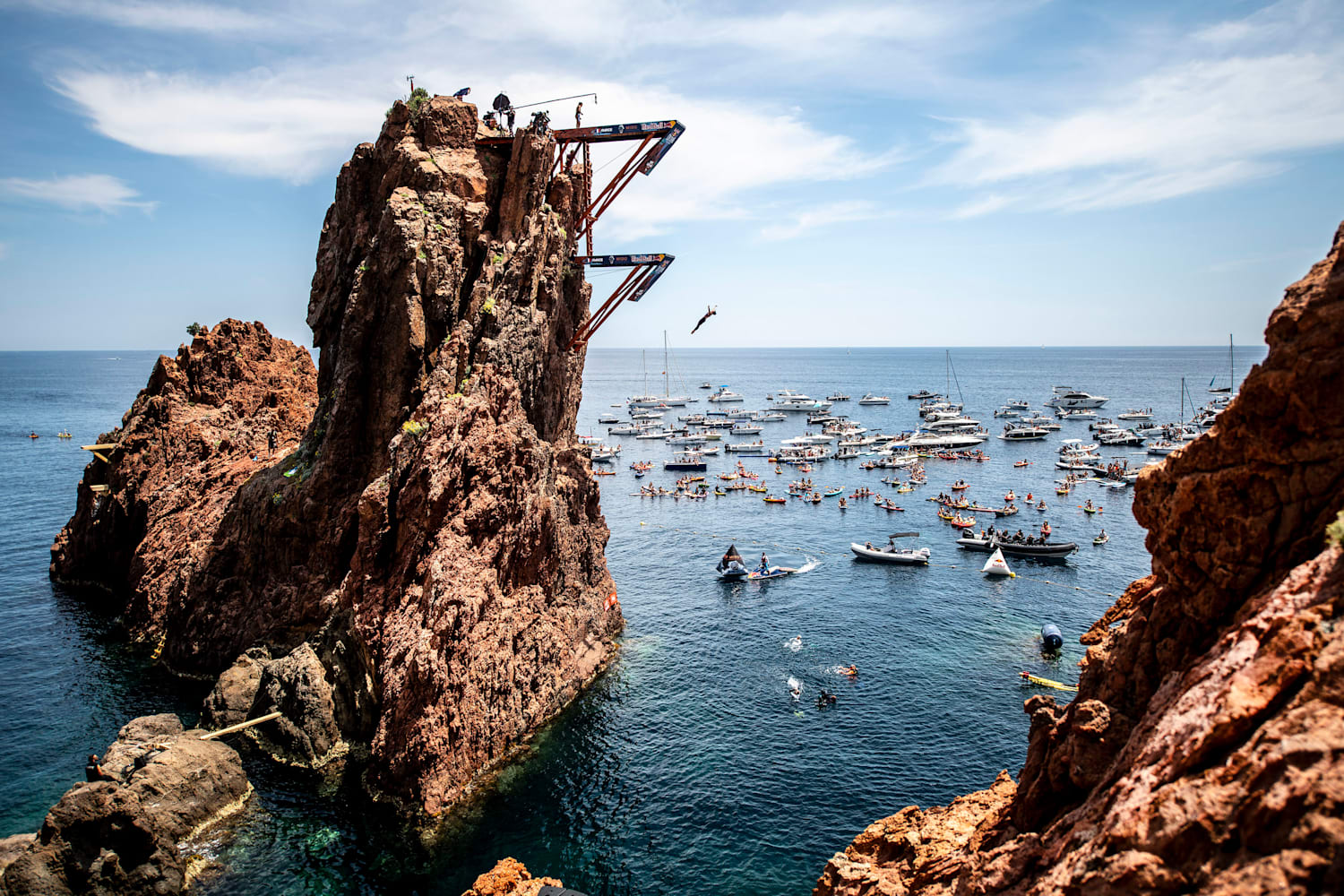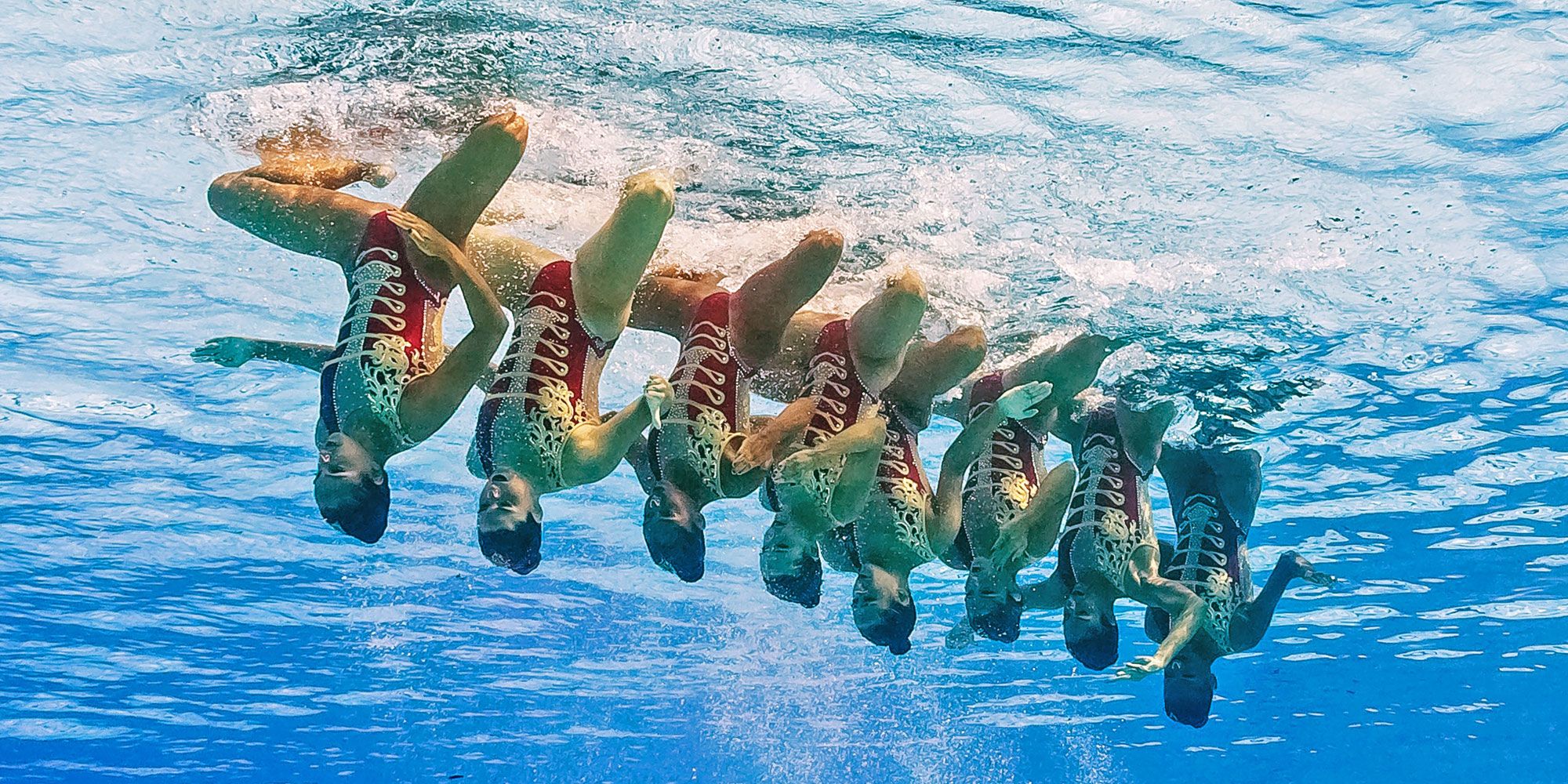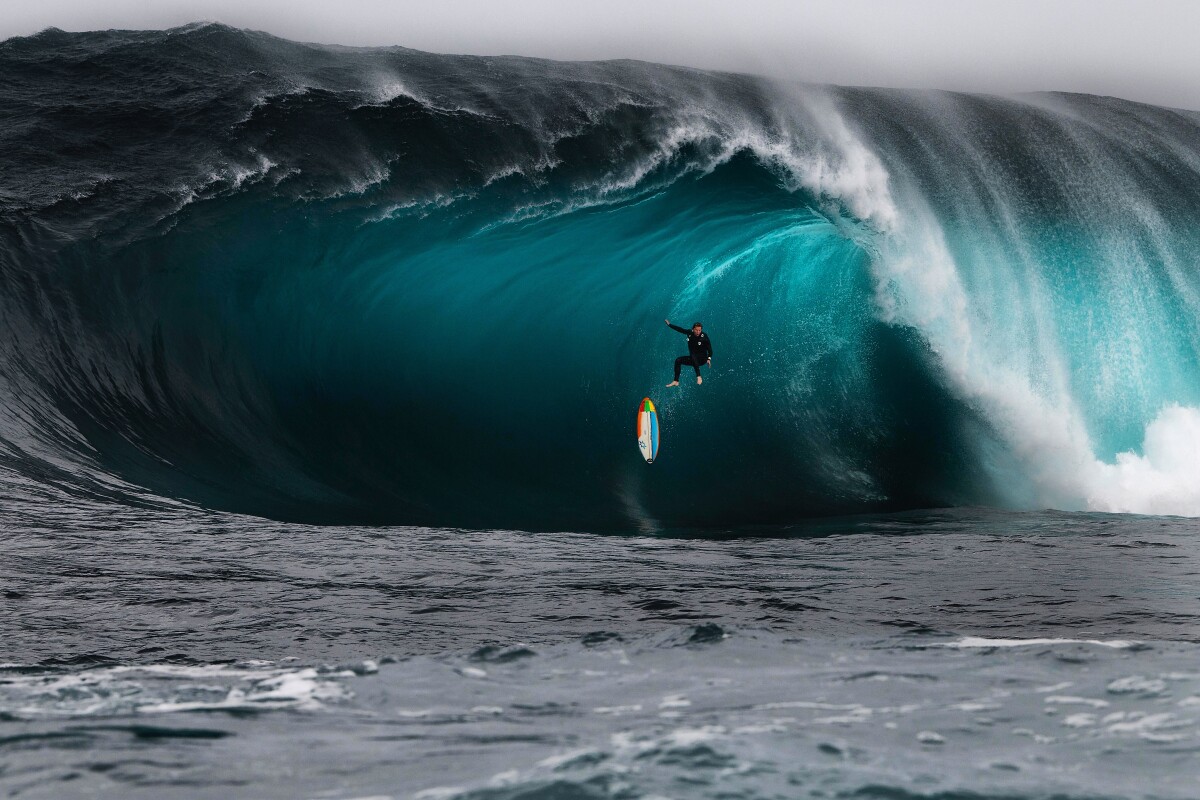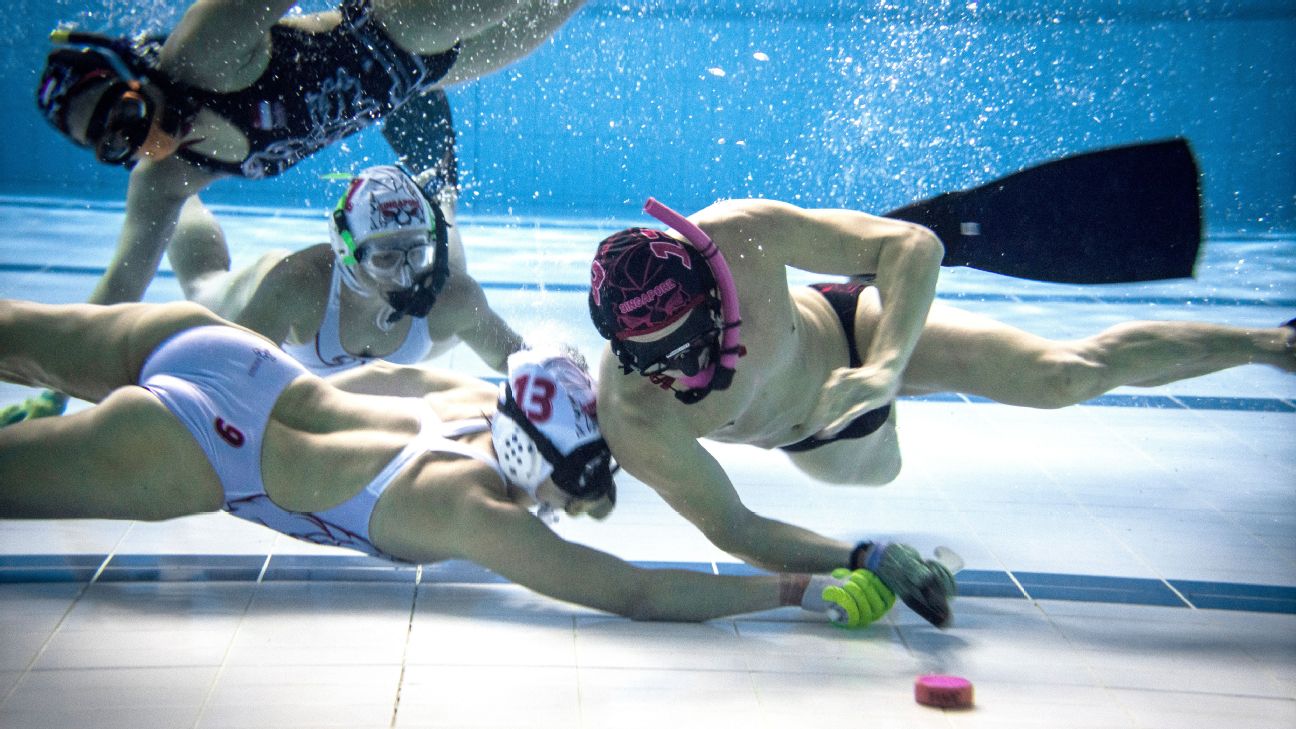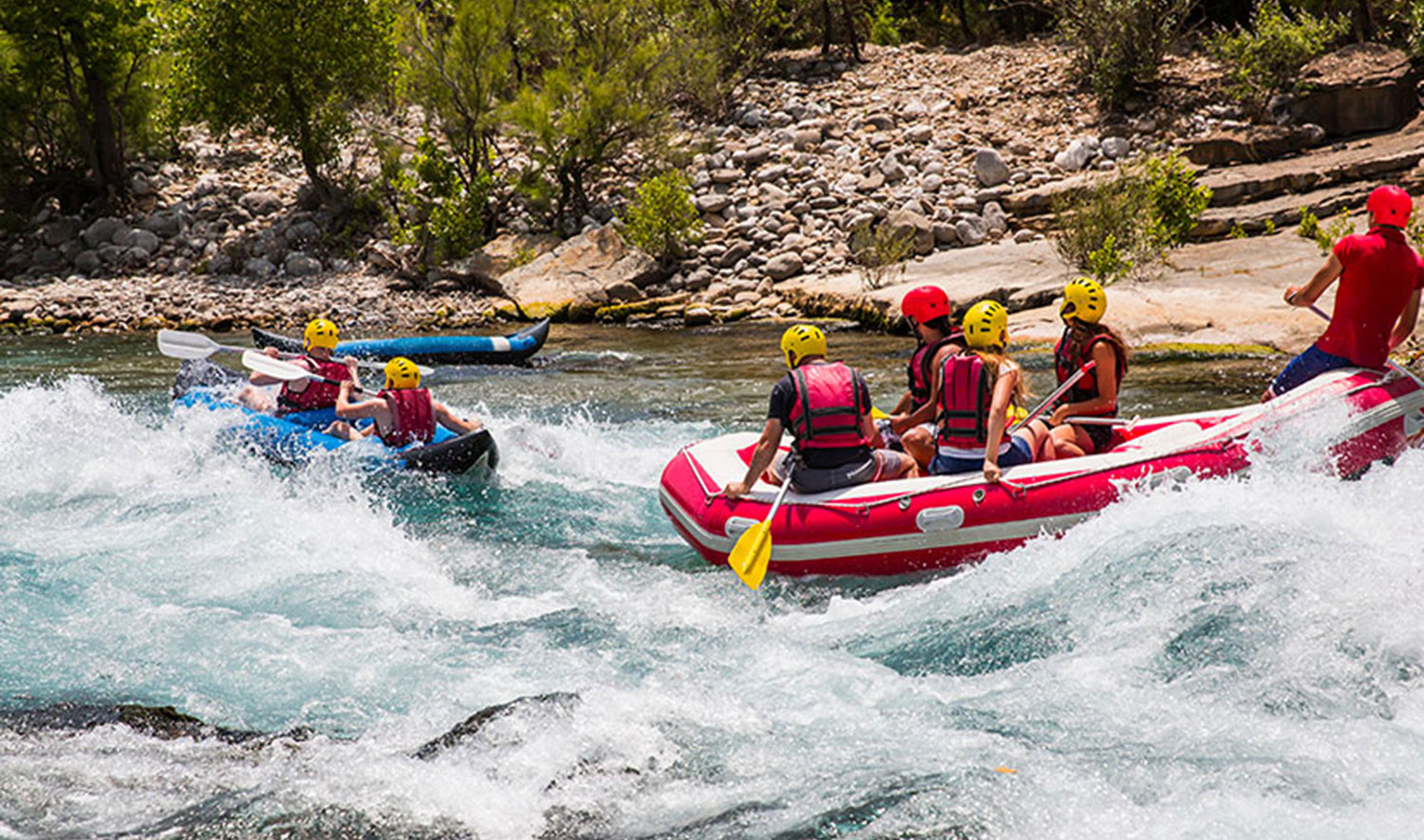One in four young adults reports that exercise regularly. While some of us prefer to run on the roads and others prefer to do weight training in gyms, there is no shortage of people who slake their craving for excitement in the water.
The world of water sports has something to offer everyone, whether you are an adrenaline junkie, a nature lover, searching for an exhilarating experience or just need to feel more healthy. So let’s explore this wet world of water sports.
Swimming
Humans have been practising the art of swimming for thousands of years, and it is still one of the most popular water sports in the world. Swimming has been a part of the Olympic Games since its modern inception in 1896. Surely, you too have heard of the likes of Mark Spitz, Michael Phelps, and Katie Ledecky, and witnessed their sensational victories.
Swimming works out the entire body without placing too much stress on the joints because it uses a multitude of distinct muscle groups. Swimming sessions increase flexibility, strength, and cardiovascular endurance. Additionally, swimming is a great low-impact exercise for people who have joint pain or injuries.
Water immersion has an exceptionally unwinding influence. Its regular movements and buoyancy help relieve stress and anxiety and promote relaxation. Swimming has meditative benefits that can help you relax. Perhaps it’s time to renew your pool membership or spend a nice weekend at the nearest beach.
Diving
Diving, one of the most demanding spectator sports, is based on jumping from a certain height, making aesthetic movements in the air and then entering the water upright.
Diverse disciplines of diving are present such as platform diving and springboard diving. Platform diving is done from a platform that is either 5 meters, 7.5 meters, or 10 meters in height, whereas springboard diving entails diving from either a 1-meter or 3-meter springboard. Different abilities and methods are needed for each speciality. Getting into the water as quietly as possible is the aim of diving. The better the dive, the less splash there is.
Since 1904, diving has been a feature of the Summer Olympic Games. In addition, there are also similar disciplines to diving.
Cliff Diving: Divers can dive in open water, such as lakes and oceans, in addition to swimming pools. Cliff diving is a type of diving that elevates the sport to exhilarating new heights. Cliff diving is thought to have started in the Hawaiian Islands, where it was practised as a rite of passage for young warriors under the name “lele kawa” and became recognised as a vibrant warriors’ practice.
Cliff diving entails leaping off tall cliffs into bodies of water that are found in nature, such as lakes, rivers, or oceans. Divers frequently dive from heights between 6 and 30 meters. Both athletes and spectators find the sport fascinating due to the rush of adrenaline and the inherent danger.
Although cliff diving is practised all over the world, some places are particularly well-known for the activity. Acapulco, Mexico’s La Quebrada, where divers perform from a cliff into a small bay, and the Azores Islands in Portugal, which are renowned for their scenic cliffs and pristine waters, are two examples.
Synchronized Diving: In 2000, synchronised diving became an Olympic sport. Two divers work together as a team to complete dives at once. Performing a pinwheel dive, sometimes known as diving opposites, used to be a feature of competitive synchronised diving, but it is no longer permitted. For instance, one diver can dive ahead while the other dives inward while still in the same position, or one diver might go backwards while the other dives backwards.
Divers are evaluated based on a number of factors, including the complexity of their dives, and the way they were executed, synchronised, and entered the water. On a scale of 0 to 10, judges assign dives a score based on its overall quality.
Synchronized Swimming
Swimming, dance, and gymnastics are all incorporated within the sport of synchronized swimming, also known as water baller. A group of swimmers performs coordinated strokes and routines in the water.
Breathing control is essential for synchronized swimming. Underwater, swimmers frequently do complex moves and lifts to show off their breath control and underwater prowess. They resemble disguised mermaids quite adequately. Nose clips are used by synchronized swimmers to keep water out of their noses while doing routines. It not only keeps them cosy but also stops them from making odd underwater nose-sniffing noises.
In synchronised swimming routines, lifts and throws are frequent movements. Swimmers build stunning and dramatic formations by raising teammates out of the water.
Water Polo
Even though its name sounds like polo, the sport itself is more similar to rugby union, sometimes referred to as ‘aquatic rugby’. The purpose of water polo is to score goals by shooting the ball into the goal of the opposing team. While treading water, players pass, dribble, and shoot the ball using their hands.
Some of the fittest athletes in the world are those who play water polo. They must have extraordinary stamina, strength, and swimming prowess to manoeuvre through the pool while participating in demanding gaming. It’s like a sport that doubles as a full-body workout.
One of the most famous sporting events in history was the water polo match between Hungary and the Soviet Union in Melbourne 1956 Olympics, where sport and politics were intertwined. After the Hungarian Revolution, immediately after the bombing of Budapest by the Soviet Union, the match went from being a medal fight to an expression of the Hungarians’ reaction to Soviet oppression and ended with the Hungarian team defeating the Soviet Union team 4-0. It was named by the media after Ervin Zador emerged from the pool at the end of the game with blood pouring out from under his right eye.
Surfing
Adventurers have been enthralled by surfing, a timeless and traditional ocean sport, for ages. You can enjoy the thrilling pleasure of riding the waves if you have a stable board under your feet and the unadulterated might of the ocean at your disposal. Surfing destinations around the world provide a variety of wave types to accommodate surfers of every ability level, from the iconic breaks of Hawaii to the pristine coasts of Australia. Since surfing offers the chance to learn, get better, and enjoy the dynamic energy of the ocean, it is an amazing sport for both beginners and specialists.
The Polynesian culture has a long history of surfing that extends back thousands of years. Surfing has its roots in ancient Polynesia, particularly in places like Hawaii, Tahiti, and Samoa. The Polynesians saw surfing as a vital aspect of their civilization with a link to the ocean on both a spiritual and cultural level. In the early 20th century, surfing progressively moved from Polynesia to locations like the USA and Australia.
The “Father of Modern Surfing,” Duke Kahanamoku, was a Hawaiian surfer and swimmer who helped spread the sport’s popularity outside of Hawaii. In addition to introducing surfing to Australia and California. Also, he won three Olympic medals in swimming.
Rowing
Maybe the next time you watch The Social Network you’ll empathize with the Winklevoss Brothers, considering rowing is one of the most physically and mentally demanding sports on the planet.
In the sport of rowing, oars are used to move a boat across water. It calls for cooperation, power, and stamina. Rowers drive the boat forward by sitting with their backs to the water and using their oars to push against it. One of the world’s oldest sports, rowing has a long history. It has roots in both Greek and Egyptian antiquity.
Leg strength is extraordinary in rowers. They produce power by pushing against foot stretchers while rowing by using their legs. Additionally, rowers are experts at synchronisation. To maintain balance and speed in a team boat, rowers must be completely in sync with one another. On the water, it resembles a choreographed dance performance.
The sport of rowing necessitates mental toughness. Rowers compete in lengthy, taxing races that put both their physical and mental stamina to the test. Rowers are among the toughest athletes because they learn to persevere through discomfort and fatigue.
One of the most significant rowing competitions in history, The Boat Race is an annual contest between the universities of Oxford and Cambridge.
The race route travels from Putney to Mortlake over a distance of around 4 miles (374 yards; 6.8 km). The Hammersmith Bridge and the Chiswick Bridge are just two of the famous bridges that the race goes beneath. With a few exceptions, the Boat Race has been held every year since 1856, having started in 1829.
Eight rowers from each university make up each crew, which competes in the race. A coxswain directs the boat and gives instructions. Students from individual institutions usually make up the rowing crews, and many of them have previous rowing experience. The crews are referred to as “Oxford” and “Cambridge,” and they represent each university’s traditional colours by donning dark blue and light blue uniforms, respectively.
Sailing
In the sport of sailing, a boat is steered by the force of the wind. It can be done on a variety of waterways, from tranquil lakes to wide oceans. Sailors manage the direction and speed of the boat using sails and steering systems. While on the water, sailors frequently experience unpredictably bad weather. It may provide for amusing times as they try to change their sails and navigate through the shifting weather, from sudden bursts of wind to unexpected rain showers.
Imagine yourself in a sailing race. You will eventually reach a point where you must turn around and head back if you initially set out across the river or lake on a stretch as we advised for your first sail. You will have tacked or jibed if the turn shifts the wind from one side of the boat to the other. Turning the boat’s bow through the wind will be a tack, and turning the boat’s stern through the wind will be a jibe.
Underwater Hockey
The sport of underwater hockey, commonly referred to as “Octopus,” is unusual and thrilling. Using little sticks called “pushers” and a big puck, two teams compete to score goals at the bottom of a swimming pool. The game was invented in the UK in the 1950s as a way for divers to stay in shape throughout the winter.
Players must be excellent breath-holders and swimmers to play underwater hockey. While holding their breath, they must dive to the bottom of the pool, manoeuvre, pass the puck, and attempt to score goals. To improve their performance and safety underwater, players use snorkels, masks, fins, and other safety equipment. It resembles a cross between synchronized swimming, hockey, and snorkeling.
Since the game is played underwater, player interaction can be challenging. They frequently use hand signals, gestures, underwater grunts, and even muted shouts to communicate with one another. Body language and “talking” with your eyes are crucial in this sport.
Rafting
The thrilling adventure sport of rafting, also referred to as white-water rafting, features travelling down rivers in inflatable rafts or boats. The objective is to navigate across swiftly moving or turbulent water, frequently coming across rapids and other hazards.
The origins of rafting can be found in the middle of the 19th century when courageous men first began using wooden rafts to travel and explore rivers. In the 20th century, it transformed into a leisure activity. Rafting gear has changed greatly since the days of the outdated rubber World War II military surplus rafts. The majority of contemporary whitewater rafts are constructed from high-tech nylon or Kevlar-infused polymers like PVC or urethane.
The complexity and intensity of the river rapids determine the different grades of rafting. The Class I (easy and mild) through Class VI (very difficult and dangerous) categories of the International Scale of River Difficulty, are used.


